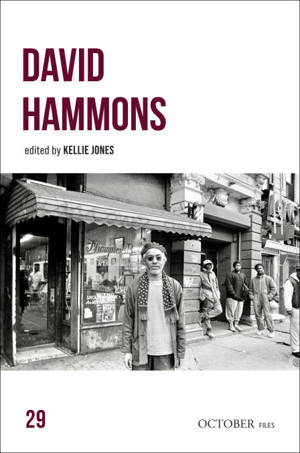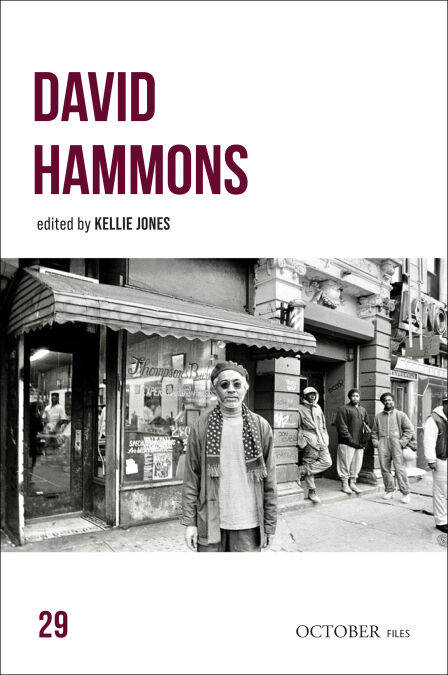
- Afhalen na 1 uur in een winkel met voorraad
- Gratis thuislevering in België vanaf € 30
- Ruim aanbod met 7 miljoen producten
- Afhalen na 1 uur in een winkel met voorraad
- Gratis thuislevering in België vanaf € 30
- Ruim aanbod met 7 miljoen producten
Zoeken
Omschrijving
The first anthology of texts on the luminary contemporary artist David Hammons.
David Hammons is a collection of essays on the one of the most important living Black artists of our time, David Hammons (b. 1943). Documenting five decades of visual practice from 1982 to the present, the book features contributions from scholars, artists, and cultural workers, and includes numerous images of the artist and his work that are not widely available. Contributions include essays from cultural critics including Guy Trebay and Greg Tate; artists Coco Fusco and Glenn Ligon; and scholars such as Robert Farris Thompson, Alex Alberro, and Manthia Diawara.
A star of the West Coast Black Arts Movement in the 1960s and the winner of a Prix de Rome prize as well as a MacArthur Fellowship, David Hammons rose to fame in Los Angeles with his body prints, in which he used his entire body as a printing plate. His later work engaged with materials that he found in urban environments—from greasy brown paper bags, discarded hair from barber shops, and empty bottles of cheap wine—which he turned into things of wonder while also commenting on a country’s neglect of its citizens. In this volume, a new generation of scholars, Tobias Wofford, Abbe Schriber, and Sampada Aranke, broaden the theoretical mapping of Hammons’s career and its impact, challenging viewers to imagine, in the words of Aranke, “how to see like Hammons.”
David Hammons is a collection of essays on the one of the most important living Black artists of our time, David Hammons (b. 1943). Documenting five decades of visual practice from 1982 to the present, the book features contributions from scholars, artists, and cultural workers, and includes numerous images of the artist and his work that are not widely available. Contributions include essays from cultural critics including Guy Trebay and Greg Tate; artists Coco Fusco and Glenn Ligon; and scholars such as Robert Farris Thompson, Alex Alberro, and Manthia Diawara.
A star of the West Coast Black Arts Movement in the 1960s and the winner of a Prix de Rome prize as well as a MacArthur Fellowship, David Hammons rose to fame in Los Angeles with his body prints, in which he used his entire body as a printing plate. His later work engaged with materials that he found in urban environments—from greasy brown paper bags, discarded hair from barber shops, and empty bottles of cheap wine—which he turned into things of wonder while also commenting on a country’s neglect of its citizens. In this volume, a new generation of scholars, Tobias Wofford, Abbe Schriber, and Sampada Aranke, broaden the theoretical mapping of Hammons’s career and its impact, challenging viewers to imagine, in the words of Aranke, “how to see like Hammons.”
Specificaties
Betrokkenen
- Uitgeverij:
Inhoud
- Aantal bladzijden:
- 254
- Taal:
- Engels
- Reeks:
Eigenschappen
- Productcode (EAN):
- 9780262380249
- Verschijningsdatum:
- 27/01/2025
- Uitvoering:
- E-book
- Beveiligd met:
- Adobe DRM
- Formaat:
- ePub

Alleen bij Standaard Boekhandel
+ 29 punten op je klantenkaart van Standaard Boekhandel
Beoordelingen
We publiceren alleen reviews die voldoen aan de voorwaarden voor reviews. Bekijk onze voorwaarden voor reviews.







